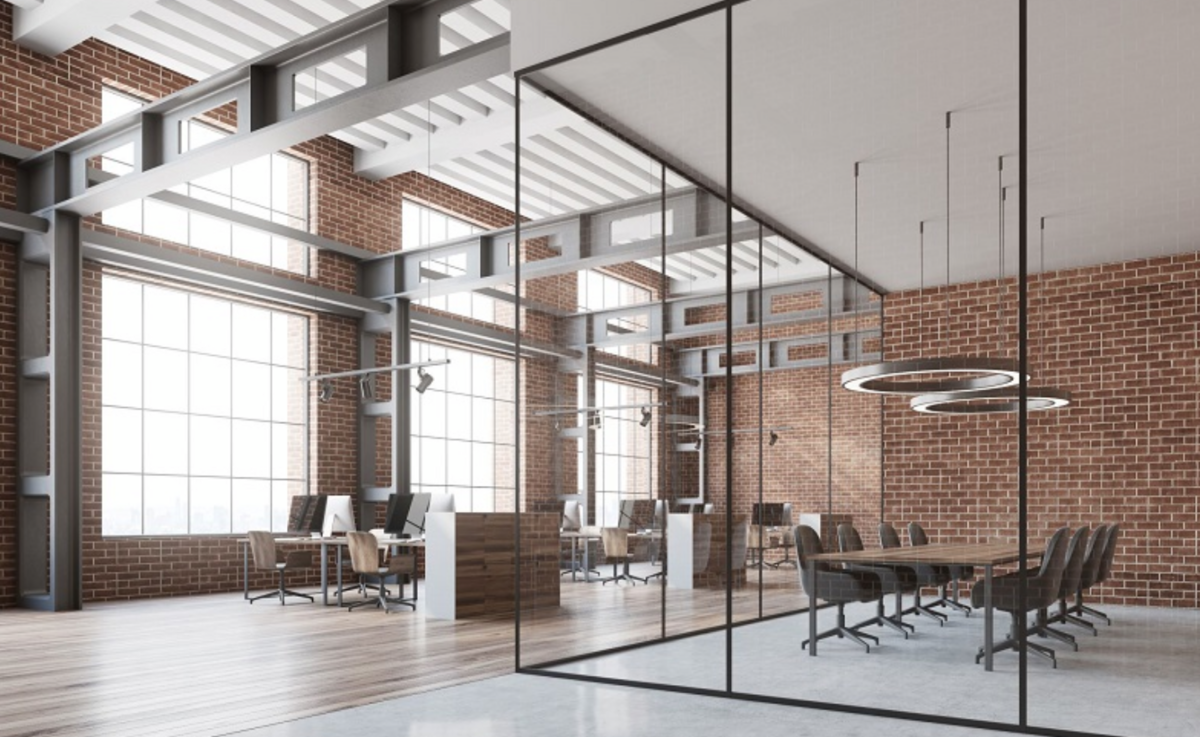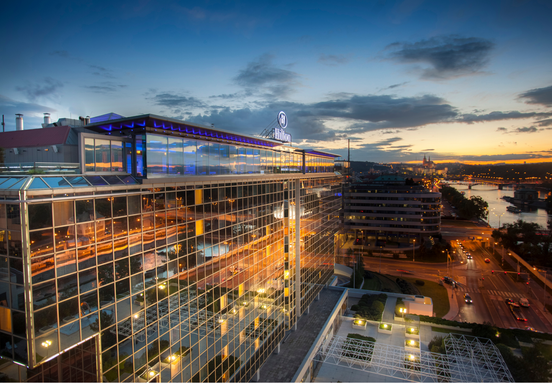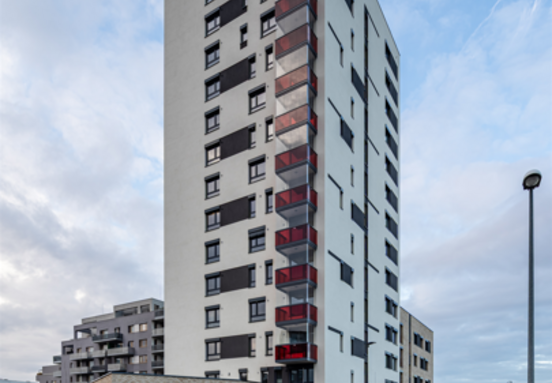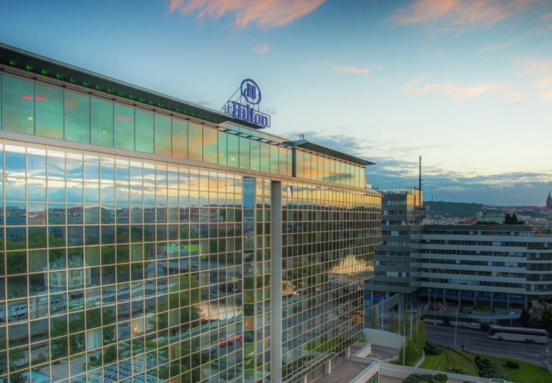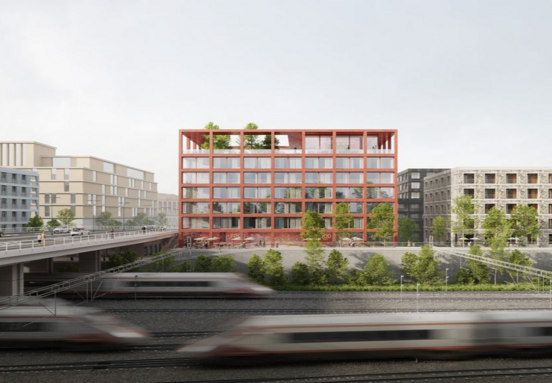Inspiration by coworking centers, less space for individual work, more for sharing
Offices are a place of spontaneous interaction, where corporate culture is created and values are strengthened. Building friendly relationships with colleagues deepens the sense of belonging and loyalty that are essential to the functioning of any society. And for that, physical presence is necessary.
"The future of offices lies in creating a community platform instead of traditional offices. The inspiration will be coworking centers that help connect people, raise awareness of the expertise of other members and create opportunities for meetings. Gradually, the space for individual work will be reduced to one tenth of the current size. On the contrary, more space will be set aside for meetings and informal meetings. There will also be rest and relaxation zones. People will come to the office for advice, chat and listen to what is happening," says Filip Muška, CBRE work environment specialist, adding:
"Our internal measurements in various companies show that around 20% of people are not in the offices every day or only spend 2 hours in them. Almost every company can therefore afford to drop to 80% of the jobs that will be shared. For some, it can be up to 50%. It all depends on the specific field of business and the mental setting of the company. The current situation shows very well that a flexible office model can work very well. Therefore, we recommend that companies do not return at least part of the unused space (approx. 20%) and reinvest it in order to create better space and conditions for mowing and cooperation for their people in the future. "
The modern way of working requires maximum flexibility, the way people are led is changing
Part of the modern and flexible way of working is to provide freedom to employees both in matters of time and pace, as well as the choice of environment. The widespread acceptance of work from home by companies and employees clearly supports this trend. Higher work productivity plays a role in tasks that require peace and concentration, saving time when transporting to the office or time flexibility, where employees can work as needed throughout the day.
In addition, CBRE expects the ability to work in coworking centers to join work from home. These will be available close to home and will help spread the risks: both medical (the whole team does not meet) and financial (no need for a large central office space).
However, companies need to consider how much teleworking to use. Its rate should not reach 100%. Working in a home office requires the proactivity of ordinary employees - and if it is too much, they can easily lose their sense of commitment and motivation. The use of telework also places increased demands on the work of managers.
"The leader is moving more to the role of a mentor, who maintains the connection of the team and leads people who can already work independently and solve tasks. Employee control on a daily basis is lost and poorly formed teams can be detected. Top management must prepare for this situation and respond well: help with communication, offer training to leaders, set up the right people management processes, show the ideal solutions and procedures, "comments Filip Muška from CBRE.
Investing in modern technology is absolutely essential
The sudden transition to work from home essentially forced the company to buy both the necessary hardware and software. And also provide employees with tools for remote work and implement online platforms for collaboration.
"However, the shift in the use of modern technologies will not stop and we expect it especially in the equipment and adaptation of physical offices for hybrid cooperation. An example is meeting rooms, which are usually equipped only with a projector, or one camera, which occupies the entire space and does not capture individual participants in online meetings. There are also no tools for interaction, such as whiteboards (online whiteboards for notes), where everyone can write and share ideas remotely, "describes Filip Muška from CBRE.
Healthy and sustainable environment as a competitive advantage in the market
Green certifications of modern LEED and BREEAM office centers are already standard today. However, the interior spaces are still divided into offices or workplaces for specific workers and must be rebuilt with each change. Although the focus on the sustainability of interior spaces will entail higher investments in good technical and spatial readiness of offices (cabling troughs, mobile partitions, demountable carpet panels, etc.), it will nevertheless guarantee the universality of the space. Thanks to this, the company will be able to grow dynamically and change the structures and sizes of teams.
However, the introduction of modern technologies is crucial for achieving real office flexibility. Sensors providing occupancy data, a building that adapts air exchange and cooling to current capacity, location information of people who can help with contact tracing. The application connected to each employee's mobile phone will tailor the work environment to the individuals.
"In the offices of the future, the mobile application will help us choose a workplace according to the preferences of ambient temperature and light, set the height of the table and prepare a favorite drink in the coffee machine. He will reserve parking for us or book an e-bike or scooter for the trip to work with an associated application, "concludes Filip Muška.
Source:// Retrend
